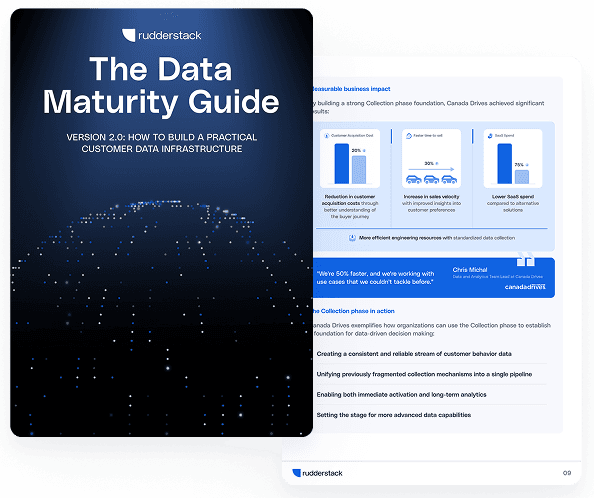Why It’s Hard for Data Teams and Developers to Support Marketing

Marketing teams often get a bad rap from engineering, oftentimes for understandable reasons. The core issue is that marketing wants to deliver data-driven digital experiences as fast as possible, but building them requires dedicated developers and time, often the two scarcest resources within a company. The result is frustration on both sides.
As we’ve written before, this tension has a decade-long history that is inherently tied to the changing technology landscape.
First, marketing often doesn’t have the background to appreciate technical complexity.
We are used to pretty good software these days, which means that someone without technical knowledge can misinterpret how hard it is to tackle technical projects. For example, a marketer might think a request to “get data from our email tool into our CRM” is pretty easy—it’s just data points in two tools, after all, right?
Marketers are well-intentioned, but without a technical background, they might not think about data formatting, the pipelines to both extract and load data, dealing with inevitable discrepancies, scheduling, handling failures or corrupt data, etc.—all things that directly impact the developer responsible for the project.

Even with the latest integration tooling, which makes integrations work much easier than it was five years ago, there are lots of technical questions that need to be answered.
Second, the pace of marketing experimentation is inherently difficult to support from a development standpoint.
Today marketing is about digital experimentation. Experiments require both data and some sort of digital interface, both of which almost always require some level of data team support. The pace of experimentation, though, has increased drastically as tracking capabilities have given marketers unprecedented visibility into the effectiveness of their tactics.
Development processes work best on defined cycles, roadmaps and specs. While some marketing teams do run experiments in cycles, the technical implications are necessarily reactionary, ad-hoc based on new data and prototype in nature. Said another way, marketers need to implement just enough technology to see if an idea will produce results, meaning lots of technical work is thrown away in the process.
Rapid prototyping is a great way to get marketing results, but is often antithetical to the way data teams operate, which leads to tension, especially if marketing doesn’t have dedicated development resources.
Third, technical marketing tools often make the problem worse, not better.
The two dynamics mentioned above led to the creation of 8,000+ “mar-tech” software tools designed to give marketers what they wanted without involving the data team. Ironically, “mar-tech” made the problem worse in many ways by siloing data, decreasing performance and creating more (not less) integrations work, to name just a few.
What this means practically for developers
There are a number of technical implications for developers and data engineers supporting marketing in their day to day work. Here are the top challenges we hear from our customers:
- Managing bloat from multiple 3rd-party scripts that slow site performance down
- Building and maintaining custom integrations to get 1st-party data into marketing and analytics tools
- Setting up and troubleshooting conversion events that are sent to ad platforms
- Troubleshooting and cleanup due to improper use of tag management tools (like Google Tag Manager and Tealium)
- Tracking down data from multiple sources to help provide clarity on reporting discrepancies across platforms
- Instrumentation and troubleshooting of data points for various analytics purposes (for both SaaS and warehouse/BI setups)
If you’re a developer or data engineer who’s worked on marketing projects, you’ve felt the pain of at least one of the above problems. But, hope is not lost. Developers and marketers can actually do more than peacefully coexist (even if that alone seems impossible). With the right tooling, developers can give marketing a competitive advantage. Next week, we’ll show you how.
Sign up for free and start sending data
Test out our event stream, ELT, and reverse-ETL pipelines. Use our HTTP source to send data in less than 5 minutes, or install one of our 12 SDKs in your website or app. Get started.
Published:
July 15, 2021








